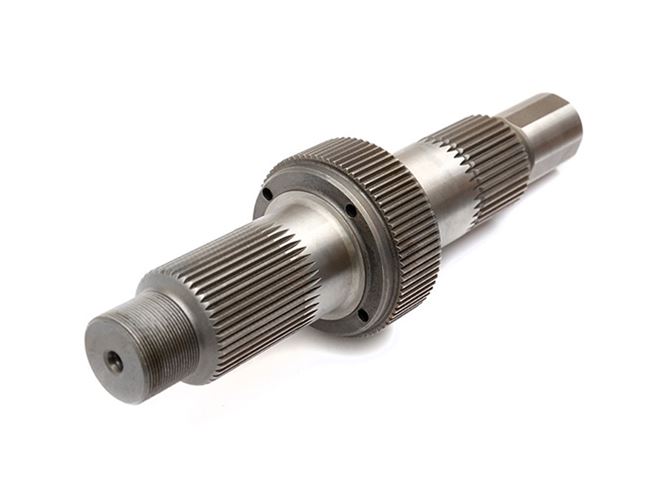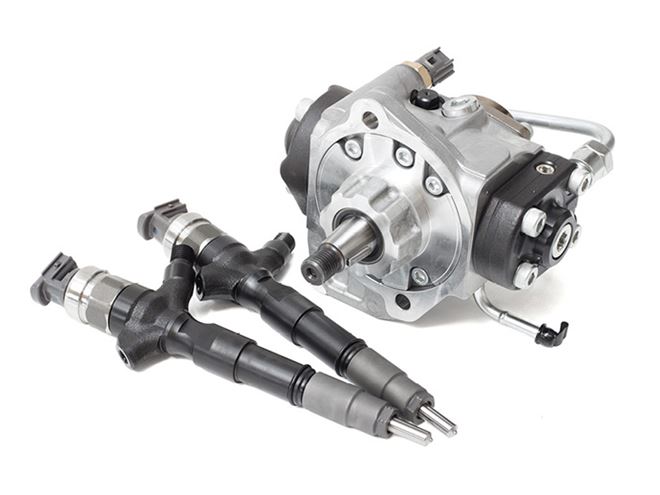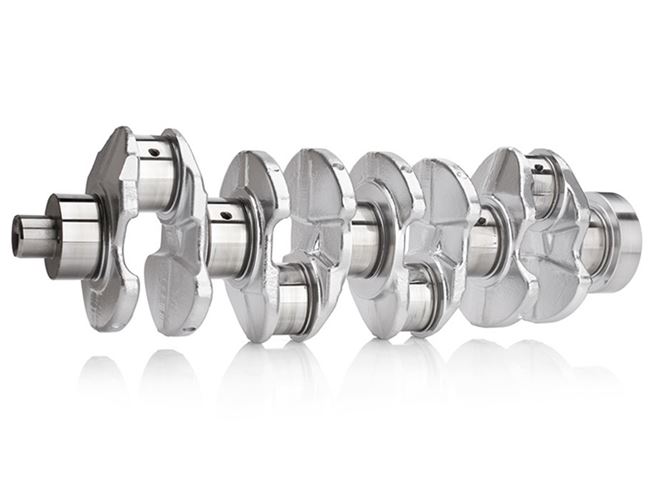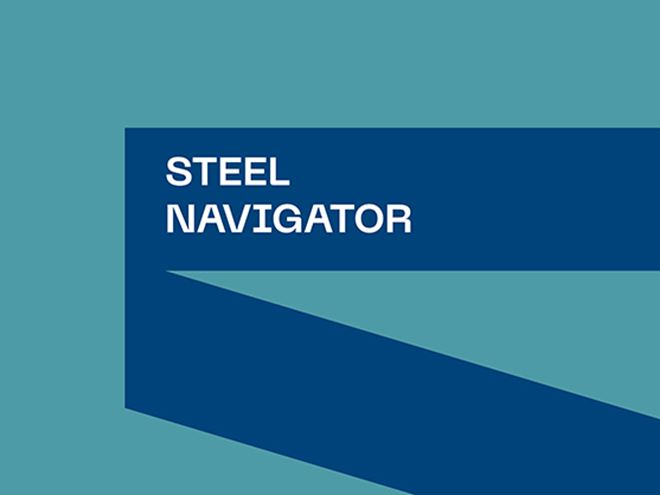Gears
A gear is typically subjected to high contact pressures in the flank and high bending stresses within the tooth root. All gears, regardless if they are externally or internally cut, are transferring torque through the gears itself or to the shaft it is mounted on. To optimize gear performance the combination of geometry, manufacturing and materials must be on the same level. Clean steel is an excellent cost-efficient way to increase power density and increase the lifetime of a system. For the most demanding applications IQ steel is the to go solution and could be a step change for the power density in a system. For a cost-effective solution on continuous improvements, BQ steel should be your first step. The Ovako gear steel portfolio cover everything from standard steels to high performing steels, all produced in high volume steel manufacturing.


Axles
An axle is rotating and in its most primitive design it is just a carrier of other components, such as bearing, gears, pulleys and lobes. The connection between these components is done by splines, interference fit or other torque transferring and concentric solutions. For axles where the machining is a large part of the total cost, steels with improved machinability such as M-steel, is a good solution. It is not uncommon that the axle has parts of these components integrated on the axle, such as bearing races or cam lobes, hence the properties of the shaft must fulfill the demands of the components. Highly engineered shafts includes advanced components, such as gears, and the properties of those components have to be considered when selecting shaft material. BQ Steel is an excellent choice for highly engineered shafts due to the increased fatigue strength. The Ovako axle steel portfolio cover everything from standard steels to high performing steels, all produced in high volume steel manufacturing.
High pressure hydraulics
For pulsating high pressure details in hydraulic components, it is very important that the material fatigue strength is homogeneous and isotropic throughout the whole component. It is common that the high pressure is concentrated to the center of the component. No detrimental inclusions should exist in geometrically critical positions. In that sense IQ steels are perfectly suited for these applications and were initially developed for this purpose.


Structural components
A structural component is usually axially loaded and can also be subjected to bending or torsion. Fatigue loads is common but number of cycles on high loads is generally not extreme. These components are normally forged and stress distribution within the part need to be carefully analyzed so that the correct hardenability of steel is used.
Machining properties and heat treatment performance are important factors to consider in the material selection process. The Ovako engineering steel portfolio cover everything from standard steels to high performing steels, all produced in high volume steel manufacturing.

Steel Navigator - Find the right steel for your application
Steel Navigator contains a selection of useful tools such as Material Data Sheets, Machining Cost Calculator, Heat Treatment Guide, Piston Rod Predictor and more.




